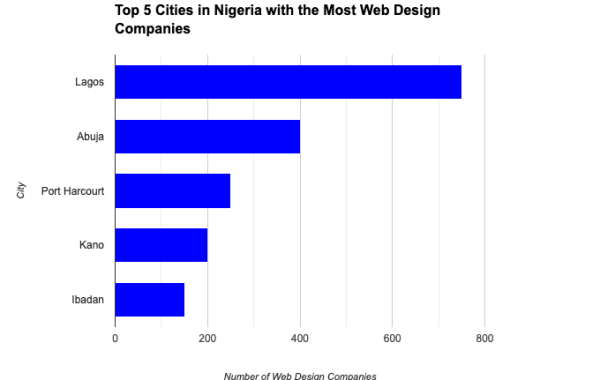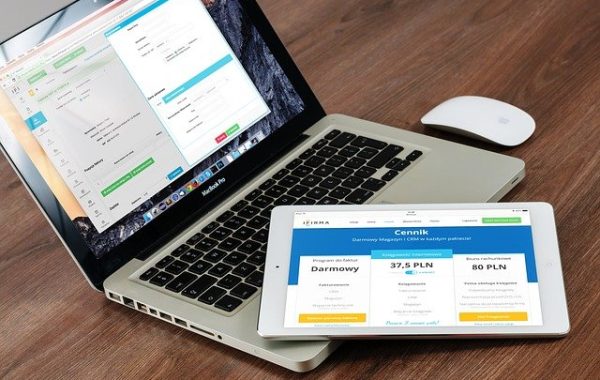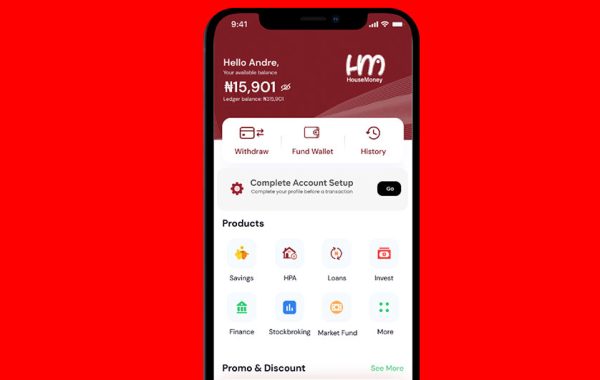In today’s digital world, having a website is no longer optional for businesses. However, having a website that is not optimized for search engines is just as bad as not having a website at all. This is where SEO-friendly web design comes in. In this guide, we will explore everything you need to know about SEO-friendly web design in Nigeria.
What is SEO-friendly web design?
SEO-friendly web design is the practice of designing and developing a website that is optimized for search engines. This means that the website is designed in a way that makes it easy for search engines to crawl and index the site’s content. The goal of SEO-friendly web design is to improve the website’s visibility in search engine results pages (SERPs) and attract more organic traffic.
Why is SEO-friendly web design important?
SEO-friendly web design is important for several reasons:
- Improved visibility in search engine results pages (SERPs) By designing your website with SEO in mind, you can increase its chances of appearing on the first page of search engine results pages (SERPs) for relevant search queries. This can help drive more organic traffic to your site and ultimately, increase your sales and revenue.
- Better user experience SEO-friendly web design involves creating a website that is easy to navigate and use. This can help improve the user experience on your site, which can lead to increased engagement and conversion rates.
- Future-proofing your website SEO-friendly web design ensures that your website is built to last. By following best practices for SEO-friendly design, you can ensure that your website will continue to perform well in the future, even as search engine algorithms and user behavior change.
Best practices for SEO-friendly web design
Now that we’ve covered why SEO-friendly web design is important, let’s take a look at some best practices for creating an SEO-friendly website:
- Use a responsive design A responsive design ensures that your website looks good and functions properly on all devices, including desktop computers, laptops, tablets, and smartphones. Google has stated that responsive design is their recommended configuration for mobile-optimized websites.
- Optimize your website’s loading speed Google has stated that website speed is a ranking factor. Slow-loading websites can lead to a poor user experience, which can negatively impact your website’s search engine rankings. To optimize your website’s loading speed, you can use techniques such as compressing images, minimizing HTTP requests, and using a content delivery network (CDN).
- Use descriptive URLs Descriptive URLs are URLs that accurately describe the content of the page. They are important for both search engines and users, as they provide a clear indication of what the page is about. For example, a descriptive URL for a page about web design in Nigeria might be: https://www.example.com/web-design-nigeria.
- Use header tags correctly Header tags (H1, H2, H3, etc.) are used to structure the content on a web page. They are important for both SEO and user experience. The H1 tag should be used for the main heading of the page, while H2 and H3 tags can be used for subheadings and other important sections of the page.
- Optimize your images Images are an important part of web design, but they can also slow down your website if they are not optimized. To optimize your images, you can use techniques such as compressing images, using the correct file format (e.g. JPEG for photographs, PNG for graphics), and adding alt text to your images.
- Use internal linking Internal linking is the practice of linking to other pages on your website from within your content. This helps search engines understand the structure of your website and can help improve the user









